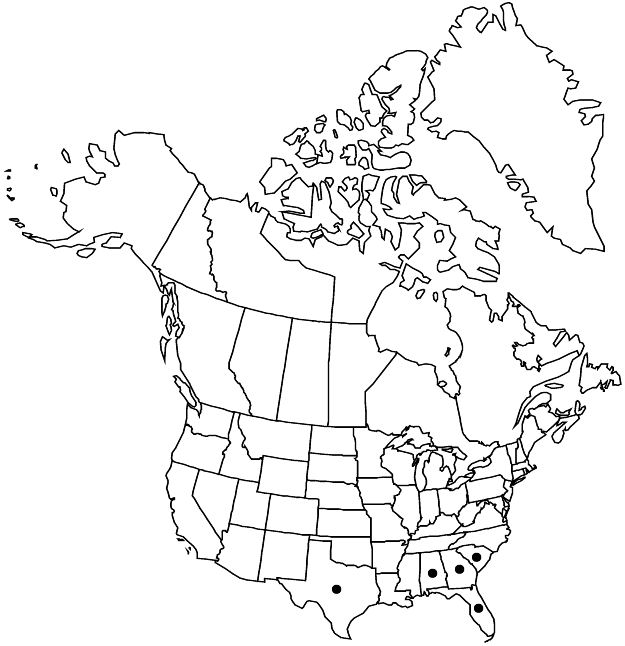Kallstroemia maxima
Bot. Beechey Voy., 282. 1838.
Herbs, annual. Stems prostrate to decumbent, to 1 (–1.5) m, sericeous and sparingly hirsute with white or yellow antrorse hairs, becoming glabrate. Leaves obovate in outline, 1–6 × 1.5–5 cm; stipules 3–5 × 1 mm; leaflets 6–8 (–12), broadly oblong to elliptic, 5–29 × 3–14 mm, terminal pair usually largest, surfaces appressed-hirsute to glabrate, veins and margins sericeous. Pedicels 10–50 mm in flower and fruit, at first shorter than subtending leaves, equaling them or longer in fruit, little thickened distally, straight or curved. Flowers 7–25 mm diam.; sepals persistent, ovate, 3–8 × 2–3 mm, as long as or little shorter than petals, in flower as long as style, in fruit clasping but not entirely covering mature fruit body and shorter than beak, only scarious margins becoming involute, hirsute; petals marcescent, usually ± 2-colored, basally usually white to yellow-green or green, rarely red (often brighter than distal portion), fading white to bright orange, distally white to yellow or pale orange, obovate, 5–12 × 4–10 mm; stamens as long as style; anthers yellow or red-orange, usually ovoid, rarely linear, 1 mm; ovary ovoid, 1 mm, usually glabrous, sometimes strigose at base, rarely to base of style; style cylindric but slightly conic basally, 2–3 mm, 2–3 times as long as ovary, glabrous; stigma terminal. Schizocarps ovoid, 5–6 mm diam., usually glabrous, sometimes strigose at base or rarely to base of beak; beak cylindric, 3–7 mm, usually as long as fruit body, base widely conic, glabrous; mericarps 3–4 × 1 mm, abaxially tuberculate, crossridged, or slightly keeled, tubercles if present all rounded, less than 1 mm, sides pitted, adaxial edge angled.
Phenology: Flowering year-round.
Habitat: Weedy habitats, disturbed areas.
Elevation: 0–1400 m.
Distribution

Ala., Fla., Ga., S.C., Tex., Mexico, West Indies, Central America, n South America
Discussion
The most widespread species of the genus, Kallstroemia maxima is usually found at lower elevations. The species probably has been taken to many places inadvertently by humans.
Selected References
None.
Lower Taxa
"-3timesaslongasovary" is not declared as a valid unit of measurement for this property.